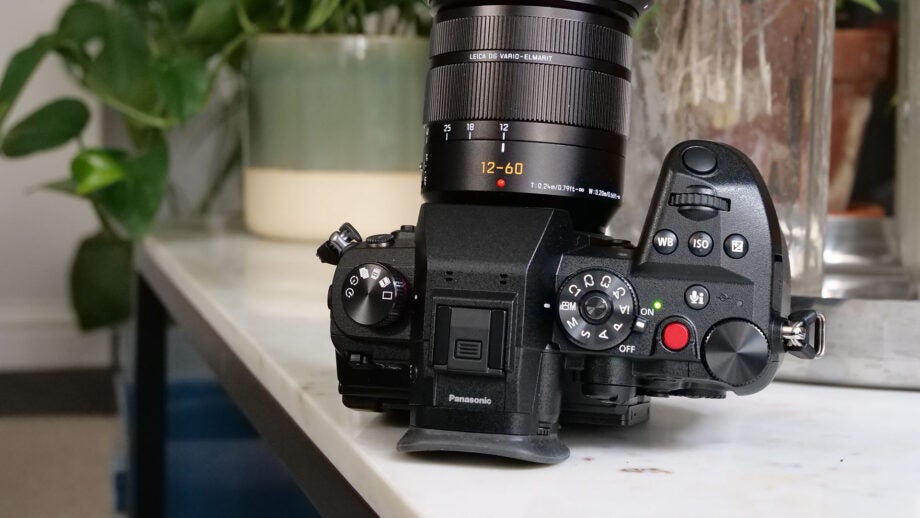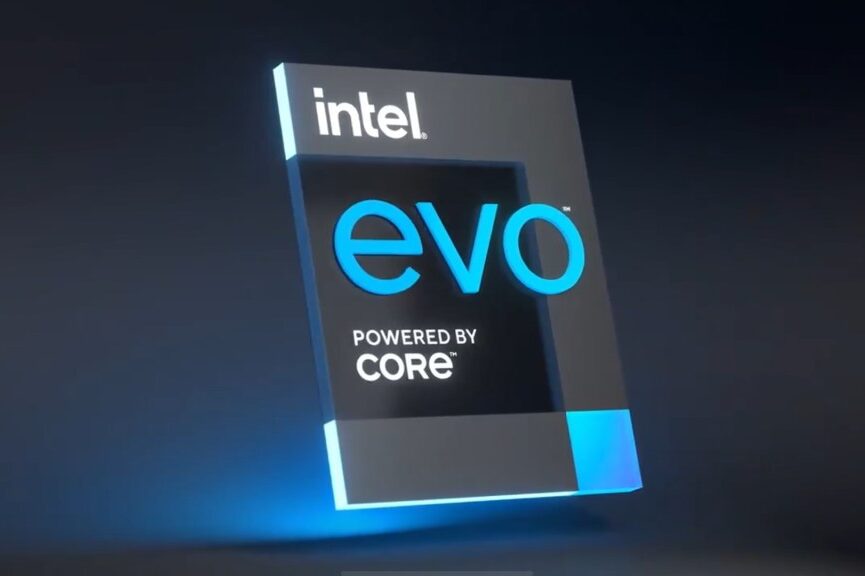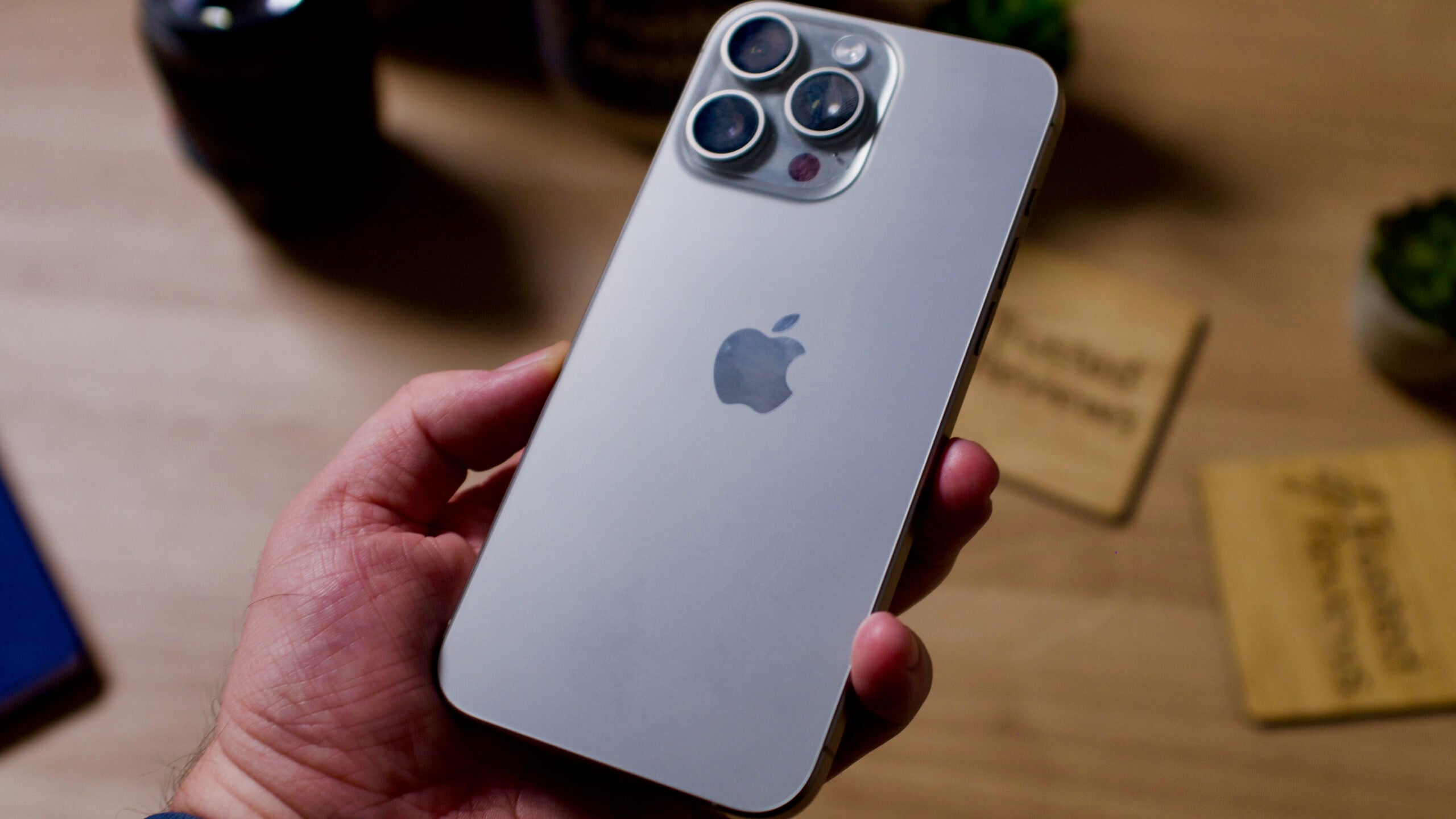What is a Micro Four Thirds camera?

If you’re shopping for a new camera, you may have come across the term Micro Four Thirds.
Keep reading to learn everything you need to know about the Micro Four Thirds system, including what it is, how a crop factor affects your image, and how Micro Four Thirds cameras compare to other cameras.
What is a Micro Four Thirds camera?
Micro Four Thirds (MFT) is a mirrorless, interchangeable-lens camera system that was first released by Olympus and Panasonic in 2008.
The image sensor in a Micro Four Third camera measures 18 x 13.5mm and has a 17.3 x 13mm imaging area that can be compared to the size of 110 film. Micro Four Thirds cameras also use a 4:3 aspect ratio as opposed to the 3:2 ratio used by APS-C and full-frame cameras.
As you might have already guessed from the name, the Micro Four Third system shares the same image sensor size and specification as the Four Thirds system found in DSLRs. However, the Micro Four Thirds system is smaller, leaving no room for the mirror box and pentaprism required for a DSLR. This allows Micro Four Thirds cameras to be more compact and lightweight than their Four Thirds-toting counterparts.
The lenses are shorter and more lightweight than lenses built for Four Thirds cameras too, thanks to the reduced flange distance.
Mirrorless cameras that make use of the Micro Four Thirds system typically include an electronic viewfinder. How these viewfinders compare with the optical viewfinders found on Four Thirds-powered DSLRs depends on the exact resolution and refresh rate of that particular EVF but, generally speaking, the quality of EVFs has increased dramatically since the Micro Four Thirds system first hit the scene 15 years ago.
Micro Four Thirds vs other systems
Micro Four Thirds cameras are better equipped than cheaper compact digital cameras and bridge cameras that carry smaller sensors and fixed lenses.
However, the image sensors found in Micro Four Thirds cameras are also smaller than those found in full-frame and APS-C cameras. This causes Micro Four Thirds cameras to experience a 2x crop factor that affects the focal length of any lens you attach to it.
APS-C cameras have a smaller crop factor of 1.5x, while full-frame cameras have a crop factor of 1 (equivalent to 35mm film) with the entire sensor perfectly exposed when paired with a full-frame lens. This means that a Micro Four Thirds camera will produce an image with a zoomed-in effect compared to a full-frame camera.
To remedy this, you’ll need to multiply any lens’s focal length by its crop factor when shopping for lenses. This will give you the equivalent focal length needed to snap an image with the same field of view as a 35mm – or full-frame – camera.
On the flip side, Micro Four Thirds cameras are generally much cheaper than their full-frame counterparts. The lenses are cheaper too, meaning you can build a bigger lens collection with less money.








